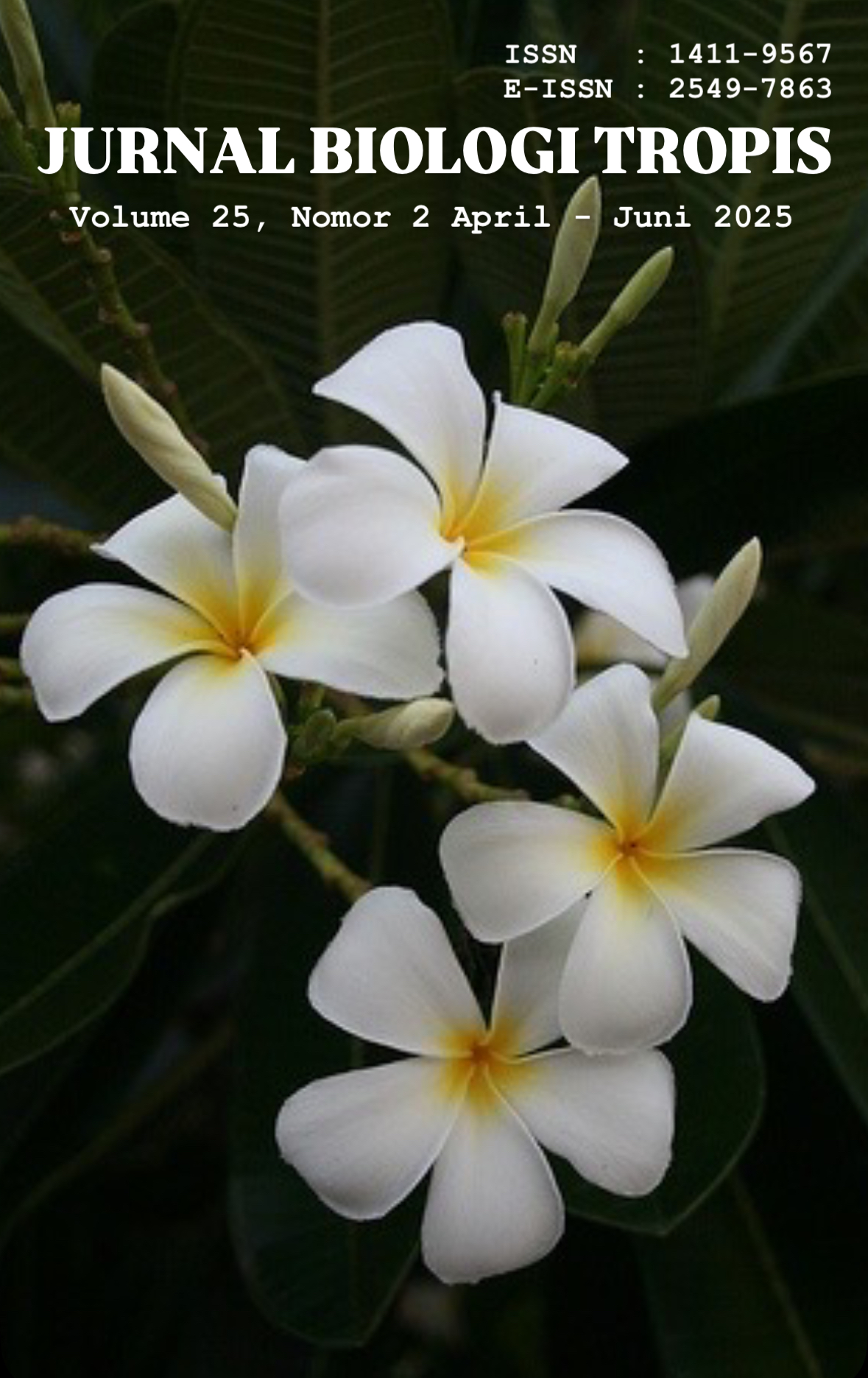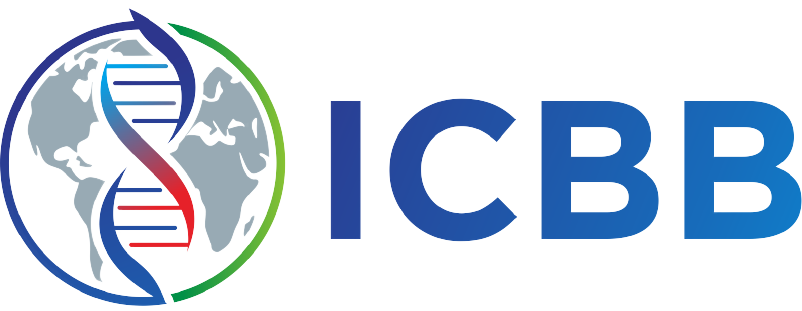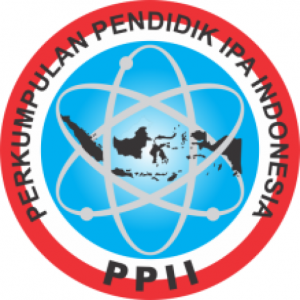The Diversity of Macrofungi in TWA Gunung Tunak, Central Lombok
Authors
Meilinda Pahriana Sulastri , Arista Suci Andini , Hasan BasriDOI:
10.29303/jbt.v25i2.8699Published:
2025-04-24Issue:
Vol. 25 No. 2 (2025): April-JuniKeywords:
Diversity, identification, macrofungi, TWA Gunung Tuna.Articles
Downloads
How to Cite
Downloads
Metrics
Abstract
Nature Tourism Parks (TWA) Gunung Tunak primarily serves the purpose of nature conservation, emphasizing ecotourism due to its stunning coastal landscapes. Currently, there is a significant lack of documented information regarding the diversity and potential of macrofungi in this protected area. This study aims to assess the diversity of macrofungi found within TWA Gunung Tunak and explore their potential applications. The research was conducted using the line transect and plot method, with samples collected along three transect lines in the study area. Each transect comprised ten plots, each measuring 10 x 10 meters and spaced 10 meters apart. The data collected were analyzed using the Shannon Wiener Diversity Index (H'). A total of 11 species of macrofungi from six families were identified: Polyporaceae, Irpicaceae, Hymenochaetaceae, Gloeophyllaceae, Stereaceae, and Xylariaceae. The family Polyporaceae had the highest representation, with five species (Hexagonia sp., Trametes sp., Microporus sp., Daedalopsis sp., and Podofomes sp.), followed by Hymenochaetaceae, which included the species Phylloporia sp. and Phellinus sp. The remaining families were represented by only one species each, including Irpicaceae (Irpex sp.), Gloeophyllaceae (Gloeophyllum sp.), Stereaceae (Stereum sp.), and Xylariaceae (Xylaria sp.). The diversity index indicates a moderate level of macrofungal diversity from all the trails in the study area, influenced by environmental factors such as temperature, seasonal changes, moisture, and rainfall. Furthermore, the study highlights the potential of these macrofungal species as sources of medicinal and nutritional value.
References
Ajibola, O. O., Nolasco-Hipolito, C., Carvajal-Zarrabal, O., Salleh, S. F., Adeyinka, G. C., Adefegha, S. A., Ahmmed, M. K., Sumaiya, K., & Thomas, R. (2024). Turkey tail mushroom (Trametes versicolor): An edible macrofungi with immense medicinal properties. Current Opinion in Food Science, 58, 101191. https://doi.org/10.1016/j.cofs.2024.101191
Alem, D., Dejene, T., Oria-de-Rueda, J. A., & Martín-Pinto, P. (2021). Survey of macrofungal diversity and analysis of edaphic factors influencing the fungal community of church forests in Dry Afromontane areas of Northern Ethiopia. Forest Ecology and Management, 496, 119391. https://doi.org/10.1016/j.foreco.2021.119391
Chen, H.-P., Ji, X., Li, Z.-H., Feng, T., & Liu, J.-K. (2020). Irlactane and Tremulane Sesquiterpenes from the Cultures of the Medicinal Fungus Irpex lacteus HFG1102. Natural Products and Bioprospecting, 10(2), 89–100. https://doi.org/10.1007/s13659-020-00239-z
Chen, W., Tan, H., Liu, Q., Zheng, X., Zhang, H., Liu, Y., & Xu, L. (2019). A Review: The Bioactivities and Pharmacological Applications of Phellinus linteus. Molecules, 24(10), 1888. https://doi.org/10.3390/molecules24101888
Chen, W., Yu, M., Chen, S., Gong, T., Xie, L., Liu, J., Bian, C., Huang, G., & Zheng, C. (2024). Structures and Biological Activities of Secondary Metabolites from Xylaria spp. Journal of Fungi, 10(3), 190. https://doi.org/10.3390/jof10030190
Cheng, Y., Zhou, L.-J., Jiang, J.-H., Tian, X.-M., & Zhou, L.-W. (2023). Phylloporia (Hymenochaetales, Basidiomycota), a Medicinal Wood-inhabiting Fungal Genus with Much Potential for Commercial Development. Food Reviews International, 39(5), 2776–2789. https://doi.org/10.1080/87559129.2021.1967382
Chepkirui, C., Yuyama, K. T., Wanga, L. A., Decock, C., Matasyoh, J. C., Abraham, W.-R., & Stadler, M. (2018). Microporenic Acids A–G, Biofilm Inhibitors, and Antimicrobial Agents from the Basidiomycete Microporus Species. Journal of Natural Products, 81(4), 778–784. https://doi.org/10.1021/acs.jnatprod.7b00764
Collado, E., Bonet, J. A., Alday, J. G., Martínez De Aragón, J., & de-Miguel, S. (2021). Impact of forest thinning on aboveground macrofungal community composition and diversity in Mediterranean pine stands. Ecological Indicators, 133, 108340. https://doi.org/10.1016/j.ecolind.2021.108340
Conn, C., & Dighton, J. (2000). Litter quality influences on decomposition, ectomycorrhizal community structure and mycorrhizal root surface acid phosphatase activity. Soil Biology and Biochemistry, 32(4), 489–496. https://doi.org/10.1016/S0038-0717(99)00178-9
Elina, C., & Mayana, E. (2019). POTENSI OBYEK WISATA TAMAN WISATA ALAM GUNUNG TUNAK. JURNAL SOSIAL EKONOMI DAN HUMANIORA, 5(2), 134–139. https://doi.org/10.29303/jseh.v5i2.40
Gandjar, I., Sjamsurizal, W., & Oetari, A. (2006). Mikologi Dasar dan Terapan. Yayasan Pustaka Obor Indonesia.
Ghosh, S. K., Sanyal, T., & Bera, T. (2020). Anticancer Activity of Solvent Extracts of Hexogonia glabra against Cervical Cancer Cell Lines. Asian Pacific Journal of Cancer Prevention, 21(7), 1977–1986. https://doi.org/10.31557/APJCP.2020.21.7.1977
Hawksworth, D. L., & Lücking, R. (2017). Fungal Diversity Revisited: 2.2 to 3.8 Million Species. Microbiology Spectrum, 5(4), Article 4. https://doi.org/10.1128/microbiolspec.FUNK-0052-2016
Imtiaj, A., Jayasinghe, C., Lee, G.-W., & Lee, T.-S. (2007). Antibacterial and Antifungal Activities of Stereum ostrea, an Inedible Wild Mushroom. Mycobiology, 35(4), 210–214. https://doi.org/10.4489/MYCO.2007.35.4.210
Kutszegi, G., Siller, I., Dima, B., Merényi, Z., Varga, T., Takács, K., Turcsányi, G., Bidló, A., & Ódor, P. (2021). Revealing hidden drivers of macrofungal species richness by analyzing fungal guilds in temperate forests, West Hungary. Community Ecology, 22(1), 13–28. https://doi.org/10.1007/s42974-020-00031-6
Li, H., Guo, J., Goldberg, S. D., Sreekar, R., Ye, L., Luo, X., Sysouphanthong, P., Xu, J., Hyde, K. D., & Mortimer, P. E. (2018). Fruiting patterns of macrofungi in tropical and temperate land use types in Yunnan Province, China. Acta Oecologica, 91, 7–15. https://doi.org/10.1016/j.actao.2018.05.008
Lodi, R. S., Dong, X., Wang, X., Han, Y., Liang, X., Peng, C., & Peng, L. (2025). Current research on the medical importance of Trametes species. Fungal Biology Reviews, 51, 100413. https://doi.org/10.1016/j.fbr.2025.100413
Margalef, R. (1964). Correspondence between the classic types of lakes and the structural and dynamic properties of their populations: With l figure and 2 tables in the text. SIL Proceedings, 1922-2010, 15(1), 169–175. https://doi.org/10.1080/03680770.1962.11895518
Nurdiyanti, M. D., Suharti, A., Amelya, M. P., & Putra, I. P. (2020). Catatan Diversitas Jamur di Salah Satu Pulau Terluar Republik Indonesia: Notes on the Diversity of Macrofungi at one of the Outermost Islands in the Republic of Indonesia. Jurnal Sumberdaya Hayati, 6(2), Article 2. https://doi.org/10.29244/jsdh.6.2.56-66
Pratama, A. A., Alpiansah, R., Yuliana, I., & Hermanto, A. (2023). Potret Pengelolaan Berkelanjutan Taman Wisata Alam Gunung Tunak Kabupaten Lombok Tengah. Target: Jurnal Manajemen Dan Bisnis, 5(1), 39–46. https://doi.org/10.30812/target.v5i1.2881
Priyamvada, H., Akila, M., Singh, R. K., Ravikrishna, R., Verma, R. S., Philip, L., Marathe, R. R., Sahu, L. K., Sudheer, K. P., & Gunthe, S. S. (2017). Terrestrial Macrofungal Diversity from the Tropical Dry Evergreen Biome of Southern India and Its Potential Role in Aerobiology. PLOS ONE, 12(1), e0169333. https://doi.org/10.1371/journal.pone.0169333
Putra, I. P., Sitompul, R., & Chalisya, N. (2018). RAGAM DAN POTENSI JAMUR MAKRO ASAL TAMAN WISATA MEKARSARI JAWA BARAT. Al-Kauniyah: Jurnal Biologi, 11(2), Article 2. https://doi.org/10.15408/kauniyah.v11i2.6729
Roberts, P., & Evans, S. (2011). The book of fungi: A life-size guide to six hundred species from around the world. The University of Chicago Press.
Rosa, L. H., Machado, K. M. G., Jacob, C. C., Capelari, M., Rosa, C. A., & Zani, C. L. (2003). Screening of Brazilian basidiomycetes for antimicrobial activity. Memórias Do Instituto Oswaldo Cruz, 98(7), 967–974. https://doi.org/10.1590/S0074-02762003000700019
Santos-Silva, C., Gonçalves, A., & Louro, R. (2011). Canopy cover influence on macrofungal richness and sporocarp production in montado ecosystems. Agroforestry Systems, 82(2), 149–159. https://doi.org/10.1007/s10457-011-9374-7
Sliva, D. (2010). Medicinal mushroom Phellinus linteus as an alternative cancer therapy. Experimental and Therapeutic Medicine, 1(3), 407–411. https://doi.org/10.3892/etm_00000063
Trudell, S. A., & Edmonds, R. L. (2004). Macrofungus communities correlate with moisture and nitrogen abundance in two old-growth conifer forests, Olympic National Park, Washington, USA. Canadian Journal of Botany, 82(6), 781–800. https://doi.org/10.1139/b04-057
Yusran, Y., Erniwati, E., Wahyuni, D., Ramadhanil, R., & Khumaidi, A. (2020). Diversity of macro fungus across three altitudinal ranges in Lore Lindu National Park, Central Sulawesi, Indonesia and their utilization by local residents. Biodiversitas Journal of Biological Diversity, 22(1), Article 1. https://doi.org/10.13057/biodiv/d220126
License
Copyright (c) 2025 Meilinda Pahriana Sulastri, Arista Suci Andini, Hasan Basri

This work is licensed under a Creative Commons Attribution 4.0 International License.

Jurnal Biologi Tropis is licensed under a Creative Commons Attribution 4.0 International License.
The copyright of the received article shall be assigned to the author as the owner of the paper. The intended copyright includes the right to publish the article in various forms (including reprints). The journal maintains the publishing rights to the published articles.
Authors are permitted to disseminate published articles by sharing the link/DOI of the article at the journal. Authors are allowed to use their articles for any legal purposes deemed necessary without written permission from the journal with an acknowledgment of initial publication to this journal.


























